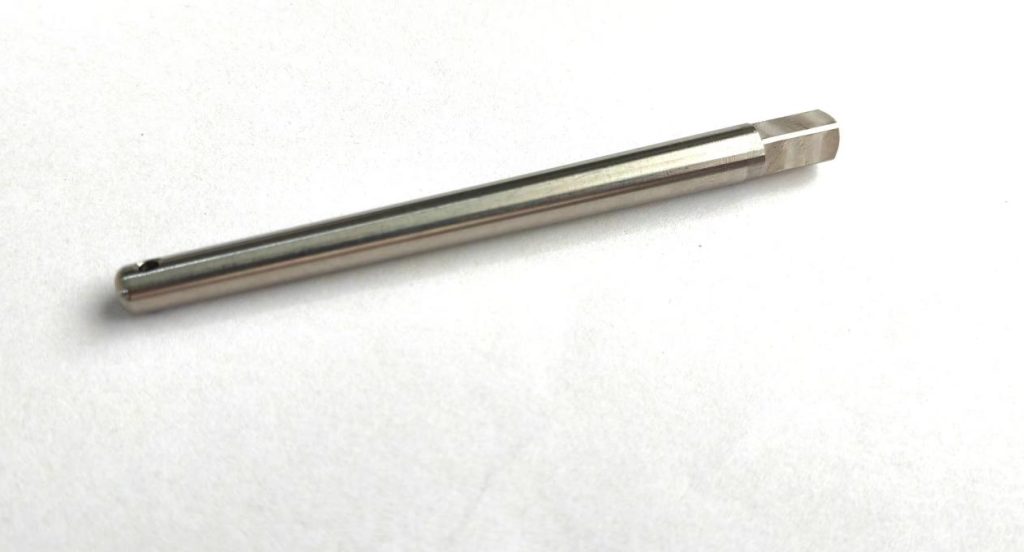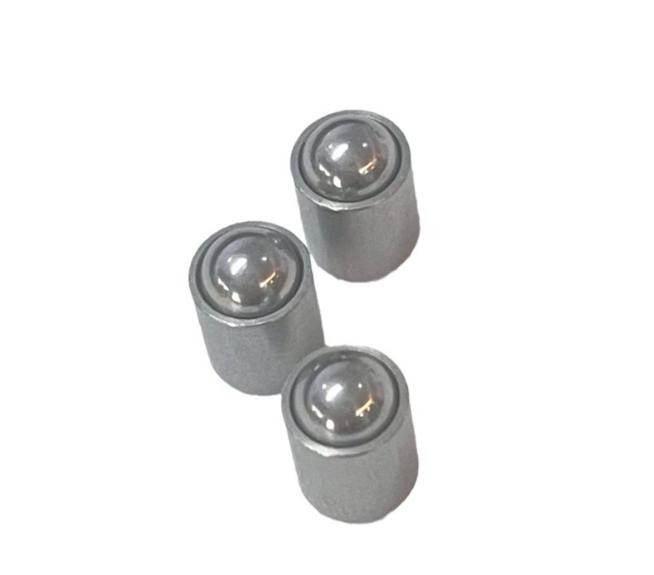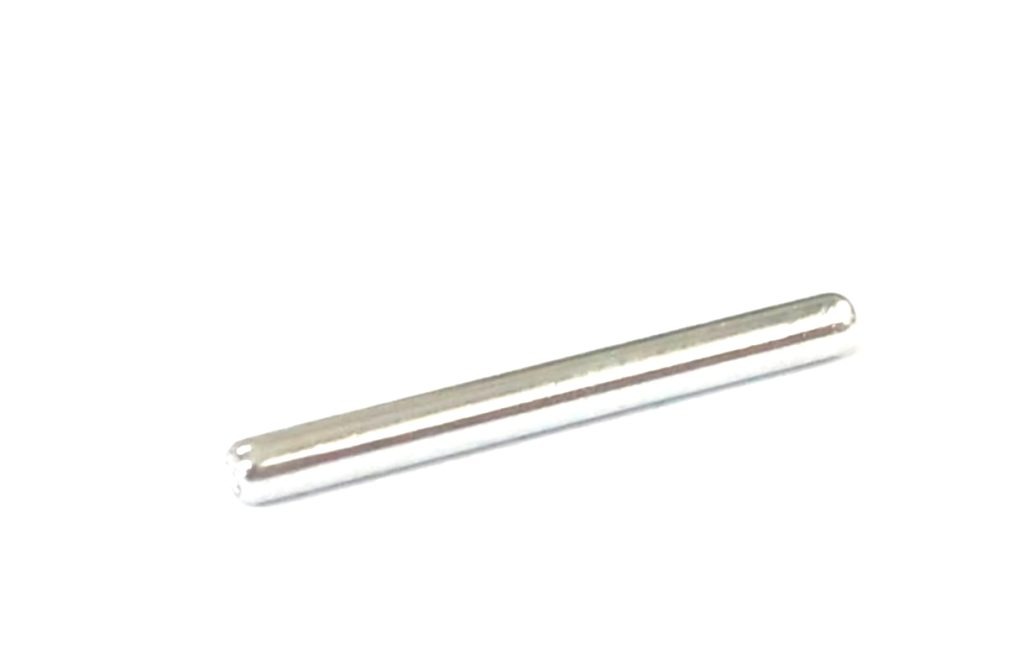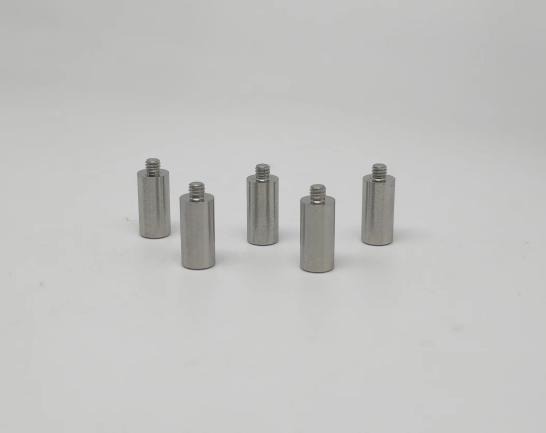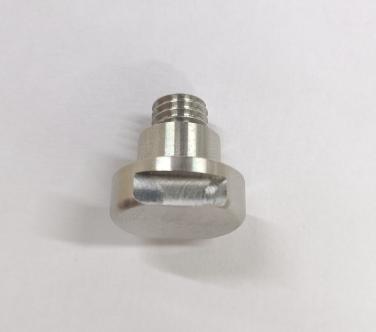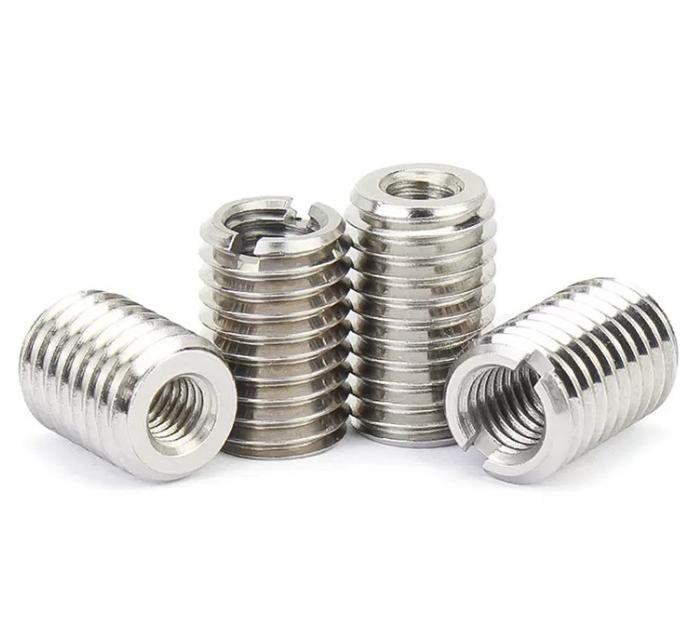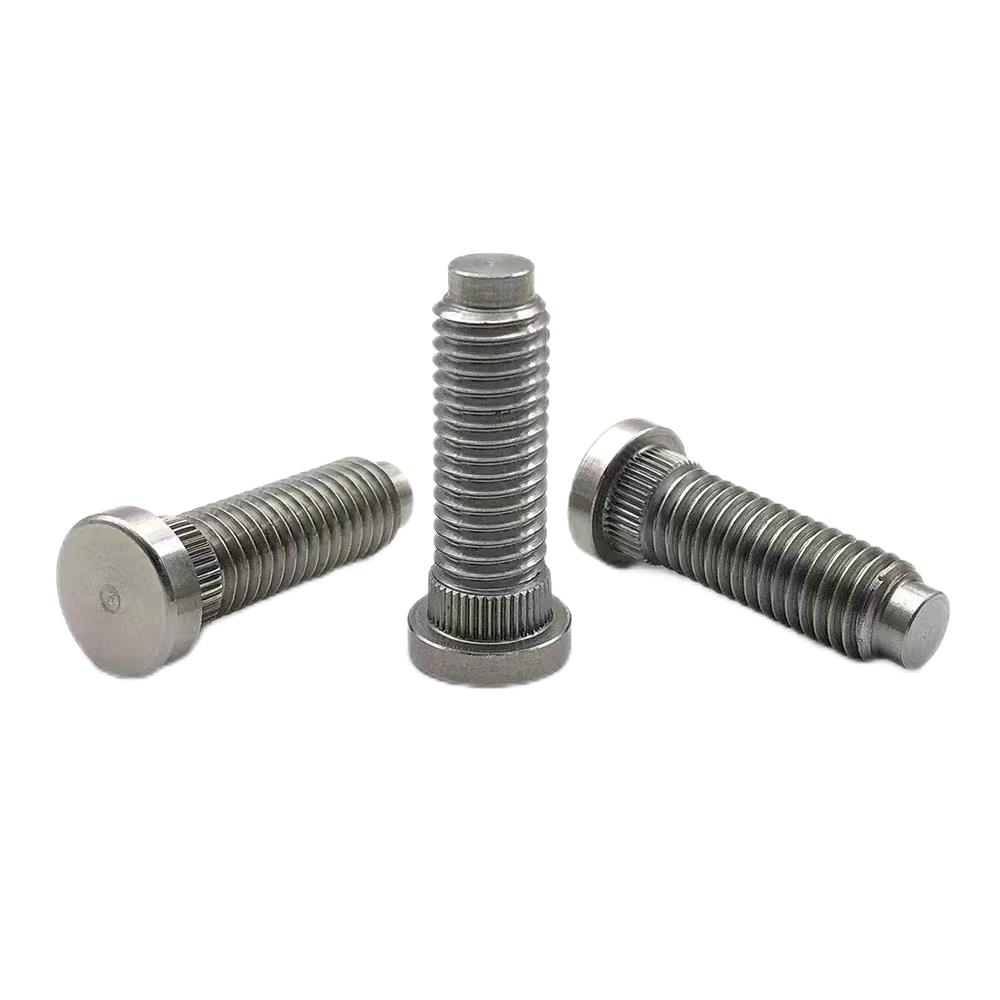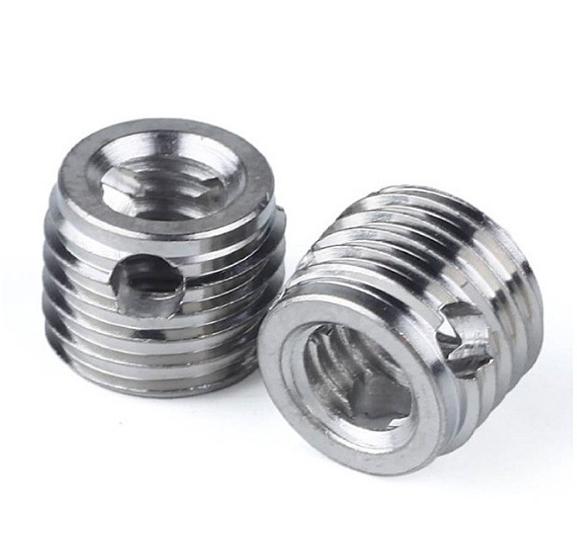CNC Thread Milling: A Precise and Versatile Approach
Threads are a fundamental element in mechanical assemblies, allowing for the secure connection of components. Traditionally, tapping has been the go-to method for creating threads. However, with the increasing demands for precision, strength, and versatility in modern manufacturing, CNC thread milling has emerged as a superior alternative.
This article delves into the world of CNC thread milling, explaining its core principles, the functionality of thread milling cutters, and the key advantages this technique offers compared to tapping.
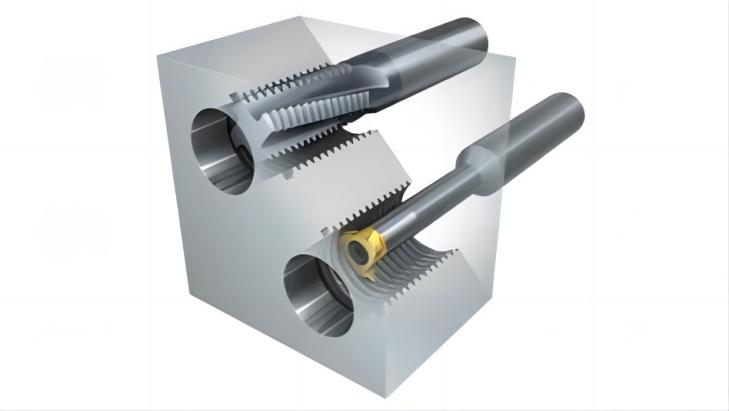
What is CNC Thread Milling?
CNC (Computer Numerical Control) thread milling is a machining process that utilizes a computer-controlled machine to create threads on a workpiece. Unlike tapping, which employs a dedicated tap to form threads in one pass, thread milling utilizes a specially designed rotary cutting tool. This tool progressively removes material from the workpiece, meticulously sculpting the desired thread profile.
The core concept behind thread milling is relatively straightforward. The CNC machine precisely controls the movement of the rotating thread milling cutter along two primary axes. One axis dictates the rotational movement of the cutter, while the other controls its lateral movement. This coordinated movement allows the cutter to progressively carve away material, replicating the specific geometry of the desired thread. Thread milling can be employed for creating both internal threads (within holes) and external threads (on outer surfaces) on a CNC machine.
How CNC Thread Milling Cutters Work?
Thread milling cutters are specialized tools used to produce threads in metal or other materials. Unlike traditional tapping methods, which involve cutting threads with a tap, thread milling involves cutting threads using a milling cutter that follows a helical path to produce the desired thread profile. Here’s how thread milling cutters work:
- Tool Design: Thread milling cutters come in various designs to accommodate different thread sizes and pitches. They typically consist of multiple cutting edges arranged around the circumference of the cutter. These cutting edges may be made of high-speed steel (HSS), carbide, or other high-performance materials.
- Programming: Before the machining process begins, the CNC (Computer Numerical Control) machine must be programmed with specific thread parameters such as pitch, depth, diameter, and thread direction (right-hand or left-hand).
- Tool Setup: The thread milling cutter is mounted onto the machine’s spindle. It’s crucial to ensure proper alignment and secure clamping to prevent any vibration or movement during the cutting process.
- Workpiece Preparation: The workpiece, typically a metal part, is securely fixtured on the machine table or held in a vice. It should be properly positioned and aligned based on the machining program.
- Cutting Process: The CNC machine starts the thread milling process by rotating the milling cutter while simultaneously moving it along the axial direction (Z-axis) and radial direction (X or Y-axis), depending on the thread orientation. As the cutter rotates, its cutting edges engage with the workpiece material, gradually removing material to form the thread profile.
- Helical Path: The milling cutter follows a helical path, spiraling into the workpiece at a controlled pitch. This helical motion ensures smooth and consistent thread formation along the entire length of the thread.
- Chip Evacuation: Proper chip evacuation is essential to prevent chip buildup, which can lead to tool damage or poor surface finish. Some thread milling cutters are designed with flute geometry to facilitate chip removal during the cutting process.
- Coolant and Lubrication: Coolant or cutting fluid may be applied during the machining process to dissipate heat, lubricate the cutting edges, and flush away chips, resulting in improved tool life and surface finish.
- Final Inspection: Once the thread milling operation is complete, the machined threads are inspected using thread gauges or other measuring instruments to ensure they meet the specified dimensional and geometric tolerances.
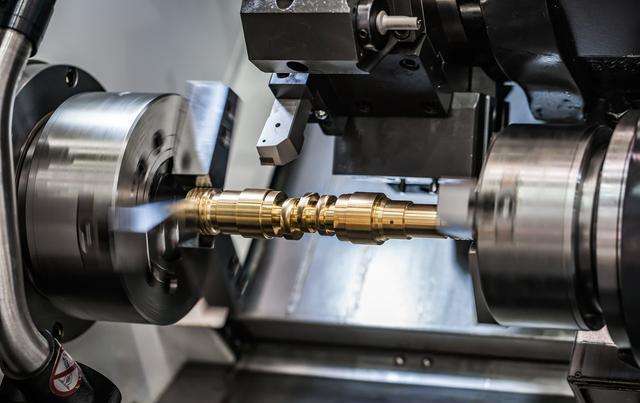
The Differences Between Thread Milling and Tapping
While both tapping and thread milling create threads, they differ significantly in their approach and capabilities. Here’s a breakdown of their key differences:
| Feature | Thread Milling | Tapping |
| Tool Design | Rotary cutting tool with specific thread profile | Single-point cutting tool with tapered threads |
| Material Removal | Progressive removal of material with each rotation | Single-pass creation of threads by shearing material |
| Thread Size & Pitch | Versatile – can create various sizes and pitches | Limited – specific tap size and pitch required |
| Material Compatibility | Handles tough materials and larger threads effectively | May struggle with hard materials or large threads |
| Precision & Control | Offers high precision and control over thread quality | More prone to errors and deviations in thread form |
| Risk of Errors | Lower risk of tool breakage or thread damage | Higher risk of tap breakage and thread stripping |
Advantages of Thread Milling over Tapping
While tapping has served as a mainstay for thread creation for decades, CNC thread milling offers several compelling advantages:
- Versatility: Thread milling cutters can create a wider range of thread sizes and pitches compared to taps. A single thread milling cutter with the appropriate pitch can be used for various hole diameters on a CNC machine, offering greater flexibility in production.
- Strength and Chip Removal: Thread milling is particularly well-suited for creating threads in challenging materials like stainless steel or high-strength alloys. The robust design of thread milling cutters allows them to handle the higher cutting forces associated with these materials. Additionally, the helical flutes on the cutter efficiently evacuate chips, preventing chip buildup and potential thread damage.
- Precision and Control: CNC thread milling offers exceptional control over the thread creation process. The precise movement of the CNC machine and the dedicated design of the thread milling cutter ensure high-accuracy threads with consistent dimensions. This level of precision is particularly crucial for critical applications where thread quality is paramount.
- Reduced Risk of Errors: Tapping can be prone to errors, with a higher risk of tap breakage or thread damage, especially when dealing with deep holes or hard materials. Thread milling eliminates this risk factor. The robust design of thread milling cutters and the controlled nature of the process significantly reduces the likelihood of tool failure or thread imperfections.
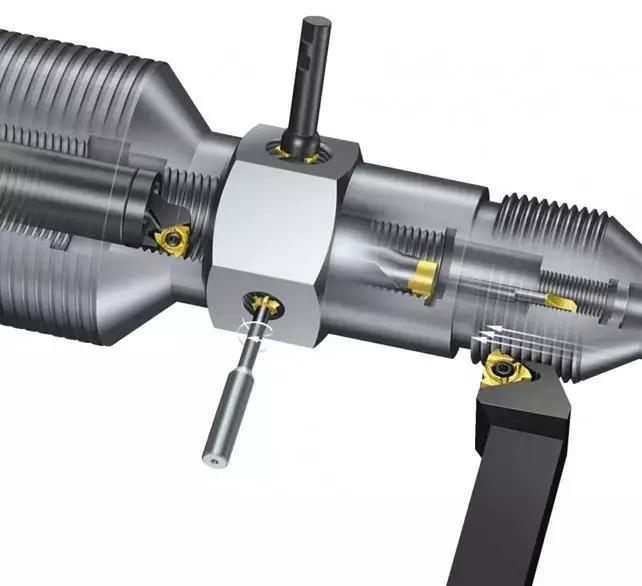
Applications of CNC Thread Milling
The versatility and precision of CNC thread milling make it a valuable tool across various industries. Here are some prominent applications:
- Aerospace Manufacturing: The aerospace industry demands high-precision, lightweight components. Thread milling is ideal for creating high-strength threads in critical aerospace parts.
- Automotive Manufacturing: The automotive industry relies heavily on threaded components for engine blocks, cylinder heads, and other critical parts. Thread milling ensures consistent and reliable thread creation in these applications.
- Medical Device Manufacturing: Medical devices often require intricate threads with exceptional precision. Thread milling is instrumental in creating these precise threads for implants, surgical instruments, and other medical devices.
- Mold Making: Molds used for plastic injection molding often require complex internal threads for core pins or other features. Thread milling allows for the creation of these intricate threads with high accuracy and surface finish.
- Energy Production: Thread milling plays a role in the energy sector, from creating threads for components in oil and gas drilling equipment to threads for wind turbine components.
- Military and Defense Applications: Military equipment demands robust and reliable threaded connections. Thread milling ensures the creation of high-strength threads for critical defense applications.
Advanced Techniques in Thread Milling
While the core principles of thread milling remain consistent, there are advanced techniques that can further enhance the capabilities of this process:
- Trochoidal Thread Milling: This technique involves a more complex toolpath where the cutter follows a trochoidal path, combining circular and linear movements. This approach can improve chip evacuation, reduce cutting forces, and potentially lead to faster machining times.
- Multi-pass Thread Milling: For creating deep threads, a multi-pass approach might be employed. This involves progressively machining the thread profile in multiple passes with decreasing depths, ensuring proper chip removal and maintaining thread integrity.
- Chamfering and Deburring: Thread milling can be combined with chamfering and deburring operations in the same CNC program. This eliminates the need for separate machining steps, enhancing overall process efficiency.
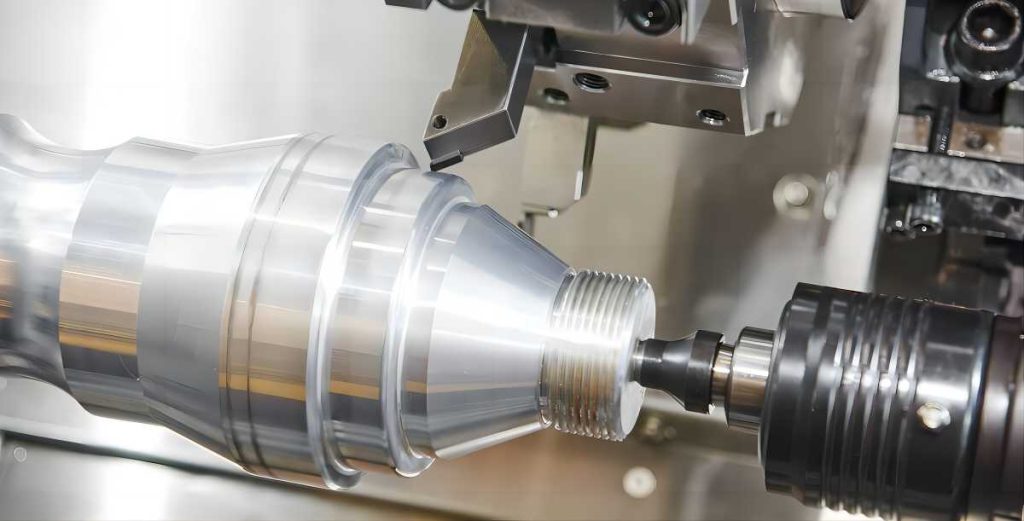
Choosing the Right Thread Milling Cutter
Selecting the appropriate thread milling cutter is crucial for achieving optimal results. Here are some key factors to consider:
- Thread Type and Pitch: The chosen cutter must match the desired thread profile (e.g., metric, imperial, etc.) and have the appropriate thread pitch.
- Workpiece Material: Different materials require specific cutting tool characteristics. Consider the material’s hardness and machinability when selecting a cutter material and coating.
- Hole Diameter and Thread Depth: The cutter diameter should be slightly smaller than the finished hole diameter to ensure proper thread formation. Consider the thread depth to determine if a multi-pass approach is necessary.
Conclusion
CNC thread milling has established itself as a powerful and versatile method for thread creation. Its ability to handle a wide range of materials, thread sizes, and pitches, coupled with its exceptional precision and control, makes it a valuable asset in modern manufacturing. As machining technology continues to evolve, advanced thread milling techniques and innovative cutter designs will further enhance the capabilities of this process, ensuring its continued relevance in various industrial applications.

